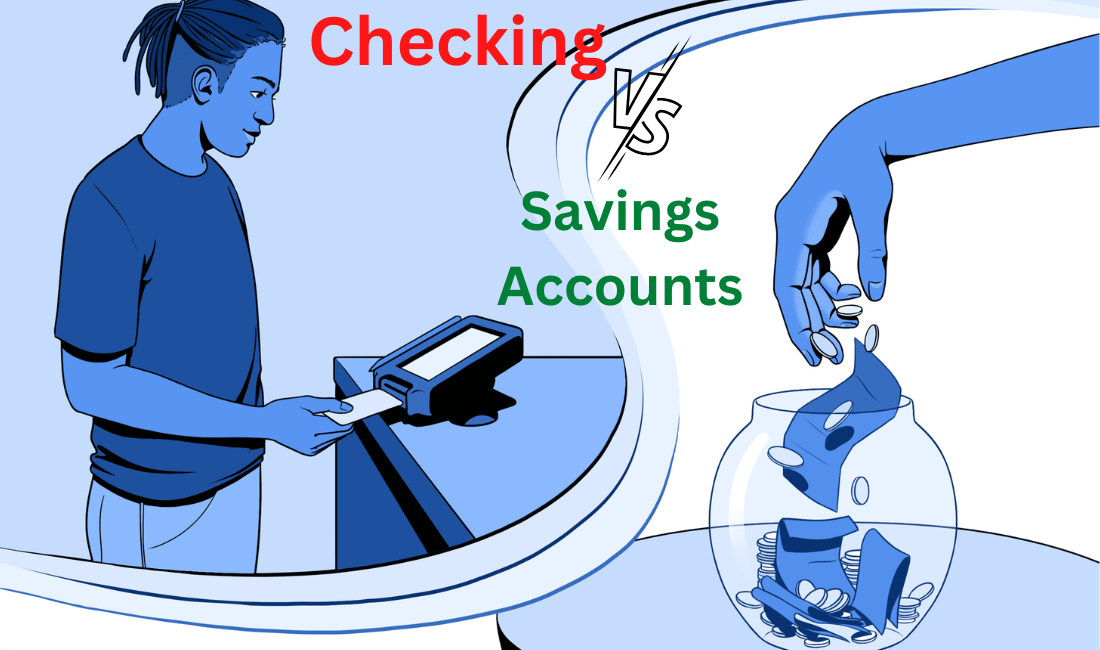Chase First Banking is a new online bank that offers a great interest rate on savings accounts. I decided to open an account and give it a try. Here is my review of Chase First Banking.
Chase First Banking is a new online bank that offers a great interest rate on savings accounts. I decided to open an account and give it a try.
The website was easy to use and the customer service was excellent. I would definitely recommend this bank to anyone looking for a good interest rate on their savings account.
Best Debit Card for Kids and Teens
There are a few things to consider when choosing the best debit card for kids and teens. First, you’ll want to make sure that the card is from a reputable bank.
Second, you’ll want to choose a card with low fees. Third, you’ll want to make sure the card offers good customer service.
Chase First Banking is a great option for kids and teens. The bank is FDIC insured, so your money is safe.
There are no monthly fees or minimum balance requirements. Plus, you can get started with as little as $25. Customer service is available 24/7 by phone or online chat.
How Chase First Banking Stacks Up
Chase First Banking is a new online bank that offers a variety of features and benefits.
Here’s how it stacks up against some of the other online banks out there:
- Chase First Banking has no monthly fees, no minimum balance requirements, and no foreign transaction fees.
- Chase First Banking offers a great interest rate on savings accounts (1.50% APY).
- Chase First Banking also offers a mobile app for easy banking on the go.Overall, Chase First Banking is a great option for people who are looking for an online bank that offers good rates and no monthly fees.
Key Features of Chase First Banking
Chase First Banking is a checking and savings account designed for students who are new to banking.
The account has no monthly fees, no minimum balance requirements, and comes with a free debit card. Students can also access online and mobile banking with Chase First Banking.
Account Eligibility and Opening
To open a Chase First Banking account, you must be a U.S. citizen or resident alien with a valid Social Security number, and you must be at least 18 years old.
You’ll also need to have a total household income of at least $25,000 (or $35,000 if applying for a joint account), and you’ll need to deposit $25 into the account to open it.
Once your account is open, you’ll be able to take advantage of all the features it has to offer. This includes no monthly maintenance fees, no minimum balance requirements, and free online and mobile banking.
You’ll also earn interest on your deposits, and you’ll have access to over 16,000 Chase ATMs and 5,100 branches nationwide.
Age Restrictions
Chase First Banking is available to anyone ages 18 and over. There is no minimum balance required to open an account, and there are no monthly maintenance fees. Online and mobile banking are both available, making it easy to manage your account from anywhere.
One of the great things about Chase First Banking is that it’s available to anyone ages 18 and over. You don’t need a minimum balance to open an account, and there are no monthly maintenance fees.
That makes it a great option if you’re just starting out on your financial journey. And if you’re always on the go, you’ll appreciate that online and mobile banking are both available. That way, you can manage your account from anywhere.
Debit Card With Parental Controls
When it comes to banking for kids, there are a lot of options out there. But one option that is often overlooked is a debit card with parental controls.
A debit card with parental controls can be a great tool for teaching your kids how to manage money. It can also help you keep track of their spending and set limits on how much they can spend each day or week.
There are a few different companies that offer debit cards with parental controls, but one of the most popular is Chase First Banking. Chase First Banking offers a debit card that comes with a number of features that can be helpful for parents.
One feature of the Chase First Banking debit card is that you can set up sub-accounts for your kids. This can be helpful if you want to give them each an allowance or if you want to track their spending separately.
Another feature of the Chase First Banking debit card is that you can set limits on how much your kids can spend each day or week. This can be a great way to prevent them from overspending or getting into debt.
If you’re looking for a banking option for your kids that comes with some parental controls, then the Chase First Banking debit card may be a good option for you.
Money Transfers and Requests
There are a few different ways to send money with Chase First Banking. You can use the Chase QuickPay feature to request money from or send money to anyone with an email address or mobile phone number.
There’s also the option to wire money, which is a faster way to send money if you need it to arrive within 24 hours.
To request money, you’ll need to log into your account and click on the “QuickPay” tab. From there, you’ll enter the email address or mobile phone number of the person you’re requesting money from, as well as the amount of money you’re requesting.
The other person will then receive an email or text notification about your request and can choose to either pay it or decline it.
If they choose to pay it, the funds will be transferred into your account immediately. If they decline it, nothing happens and no funds are transferred. You can also use QuickPay to send money to someone, which works in a similar way but in reverse.
Wire transfers are a bit different, as they’re typically used for larger sums of money and need to be requested through customer service.
To do this, you’ll need to call customer service and provide them with the necessary information, such as the recipient’s name, address, and bank account number. The funds will then be sent over within 24 hours and you’ll be notified once they’ve been received.
Savings and Savings Goals
Assuming you’re looking for tips on saving money:
Saving money can feel like a daunting task, but it’s important to start somewhere. One way to jumpstart your savings is to open a dedicated savings account.
This account should be separate from your checking account so you’re not tempted to spend the money. Once you have your savings account set up, you can start setting goals.
Start small by setting a goal of $50-$100 per month. As you get more comfortable with saving, you can increase your goal amount. Another way to make saving easier is to automate your transfers. This way, you don’t have to remember to move the money every month and it’ll help you stay on track.
If you’re looking for ways to boost your savings, consider some of the following options:
-Save your spare change: Whenever you have cash on hand, put the spare change into your savings account. This can add up over time and is a painless way to save.
-Set up recurring transfers: Have a certain amount automatically transferred from your checking account to your savings account each month. This will help you reach your goals faster.
-Cut back on expenses: Take a look at your budget and see where you can cut back in order to free up some extra cash to put towards savings.
-Get creative: There are lots of other ways to save money, so get creative and find what works for you!
Allowance and Payment for Chores
Assuming you’re discussing allowance for children:
When it comes to allowance, there is no one-size-fits-all answer. The key is to start having conversations with your kids about money early on and involve them in the decision-making process as they get older.
One common approach is to tie allowance to chores. This can be a good way to teach kids the value of work and responsibility.
It also allows you to tailor the amount of allowance based on the difficulty of the chore and how much pocket money your child needs.
Just be sure to avoid using allowance as a punishment or reward for other behavior – this can send mixed messages about the importance of money.
Another option is to give kids a set amount of pocket money each week, without tying it to specific chores. This can simplify things and help kids learn how to budget their own money.
There’s no right or wrong answer when it comes to allowance – ultimately, it’s up to you as a parent to decide what will work best for your family.
Possible Fees
There are a few possible fees associated with Chase First Banking. These include a monthly service fee, ATM fees, and foreign transaction fees.
The monthly service fee is $6.95. This fee can be waived if you maintain a balance of $500 or more in your account.
ATM fees can vary depending on the ATM you use. If you use a Chase ATM, there is no fee. If you use an ATM outside of the Chase network, you may be charged a $2.50 fee.
Foreign transaction fees are 3% of the total transaction amount.
Advantages of Chase First Banking
Chase First Banking offers many advantages for customers, including:
-Access to over 16,000 ATMs and almost 5,000 branches nationwide
-24/7 customer service
-A wide range of products and services, including online and mobile banking
-Competitive interest rates on savings and investment products
-Rewards programs for credit card use and other activities
In addition, Chase First Banking provides customers with access to a number of financial resources and tools, such as budgeting assistance, investment advice, and more.
Disadvantages of Chase First Banking
There are a few key disadvantages to using Chase First Banking that customers should be aware of before signing up for an account.
First, there is a monthly service fee of $6.95 which can be avoided by maintaining a balance of $500 or more in the account. Secondly, there is only one physical branch location in Delaware, so customers who don’t live near this branch may have difficulty accessing their accounts.
Finally, the interest rate on the account is only 0.01%, so customers will not earn much in terms of interest on their deposits.



